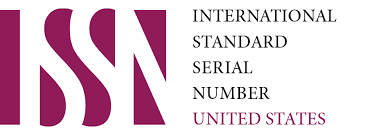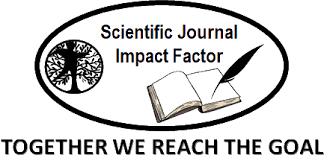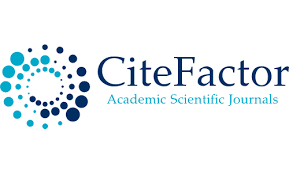Evaluation of Z-Source Inverter Topologies for Power Conditioning Unit for Dc Power Supply Systems
Keywords:
Z-Source Inverter, Power Conditioning, Dc Power Supply Systems, DC-DC ConverterAbstract
In order to operate a wind turbine generator, careful and extensive research is required as different environmental conditions result in different wind speeds. Standard type of induction generators and compatible electric generators are great in the construction of low-speed applications. Due to the improved architecture and lower PM material emissions, a permanent magnet generator is an ideal choice for low-speed direct applications. Different topology of permanent magnet generator are available, such as radial flux, axial flux, and transverse flux PMG. The sophisticated structure of the permanent axial flux generator is not suitable for use in large wind turbines. Due to the simple structure of radial flux PMG, the formation of multiple poles can be easily incorporated into the nascalle of wind turbines. To overcome these obstacles, this research project proposes a new topology quasi-Z-source Matrix converter-based DC / DC using a zigzag transformer, and simulation is performed and compared with other existing DC-based Z-source converters. DC will be approved at the beginning of the power supply unit in DC power supply systems
References
Xiong Liu, Poh Chiang Loh, Fang Zheng Peng, Peng Wang & Feng Gao 2010, ‘Modulation of three-level Z-source indirect matrix converter’, IEEE Energy Conversion Congress and Exposition (ECCE), pp.3195-3201.
Baoming, G, Qin, L & Wei, Q 2011, ‘A Family of Z - Source Matrix Converters’, IEEE Transactions on Industrial Electronics, vol. 59, pp. 35 - 46.
Zhang, Yang & Cheng, Zhun & Chen, Qing & Li, Qingmei. (2021). An Enhanced Half-Quasi-Z-Source Inverter for Wind Energy Conversion System with D-PMSG. Complexity. 2021. 1-15. 10.1155/2021/9962115.
Ekrem, K & Mehdi, F 2014, ‘Indirect matrix Converters as Generator Grid interfaces for wind Energy Systems’, (IEEE, Ed.) IEEE Journal of Emerging and Selected Topics in Power Electronics, vol. 2, no. 4, pp. 776 - 783.
Omar, E, Haithan Abu-Rub & Sertac Bayhan 2015, ‘Z-source matrix converter: An overview’, IEEE Trans. on Power Electron., pp.0885-8993.
Anjana Jain, “Power Generation Using Permanent Magnet Synchronous Generator (PMSG) Based Variable Speed Wind Energy Conversion System (WECS): An Overview”, Journal of Green Engineering, Vol. 7, Issue 4, Page No. 477–504, 2017.
Kumar, Bala & Kefale, Samuel & Azath, M. (2018). Comparison of Z-Source EZ-Source and TZ-Source Inverter Systems for Wind Energy Conversion. International Journal of Power Electronics and Drive Systems (IJPEDS). 9. 1693. 10.11591/ijpeds. v9. i4. pp1693-1701.
Ismeil, Mohamed A., Abualkasim Bakeer, and Mohamed Orabi. "Implementation Quasi Z-Source Inverter for PV Applications Based on Finite Control Set-Model Predictive Control." International Journal of Renewable Energy Research (IJRER) 9.3 (2019): 1462-1471.
Y. Mastanamma, “Permanent Magnet Synchronous Generator for Wind Energy Conversion Systems (WECS): A Review”, International Journal of Recent Technology and Engineering (IJRTE), Volume-7, Issue-ICETESM, Page No. 17-22, 2019.
Daouda Mande, “Comprehensive Review on Main Topologies of Impedance Source Inverter Used in Electric Vehicle Applications”, World Electric Vehicle Journal, Volume 11, Page No. 37-46, 2020.
Liu, Yi, Xi Chen, and Md Rabiul Islam. “7 Converter-Based Advanced Diagnostic and Monitoring Technologies for Offshore Wind Turbines”. Emerging Power Converters for Renewable Energy and Electric Vehicles: Modeling, Design, and Control Page No. 225-231, 2021.
Downloads
Published
Issue
Section
License

This work is licensed under a Creative Commons Attribution-NonCommercial 4.0 International License.
User Rights
Under the Creative Commons Attribution-NonCommercial 4.0 International (CC-BY-NC), the author (s) and users are free to share (copy, distribute and transmit the contribution).
Rights of Authors
Authors retain the following rights:
1. Copyright and other proprietary rights relating to the article, such as patent rights,
2. the right to use the substance of the article in future works, including lectures and books,
3. the right to reproduce the article for own purposes, provided the copies are not offered for sale,
4. the right to self-archive the article.












